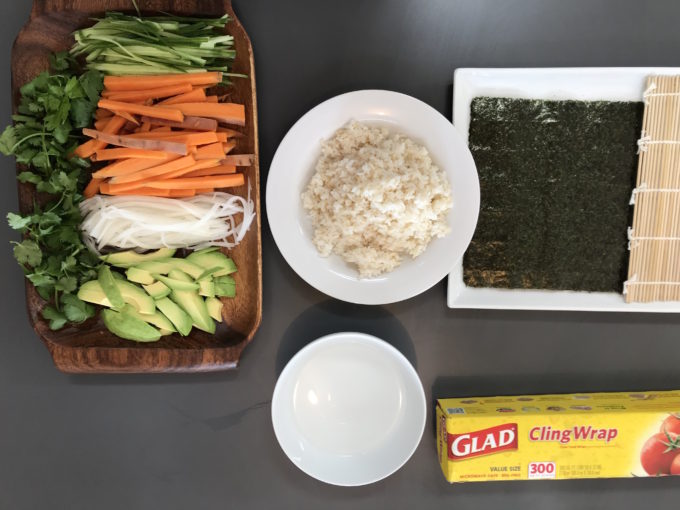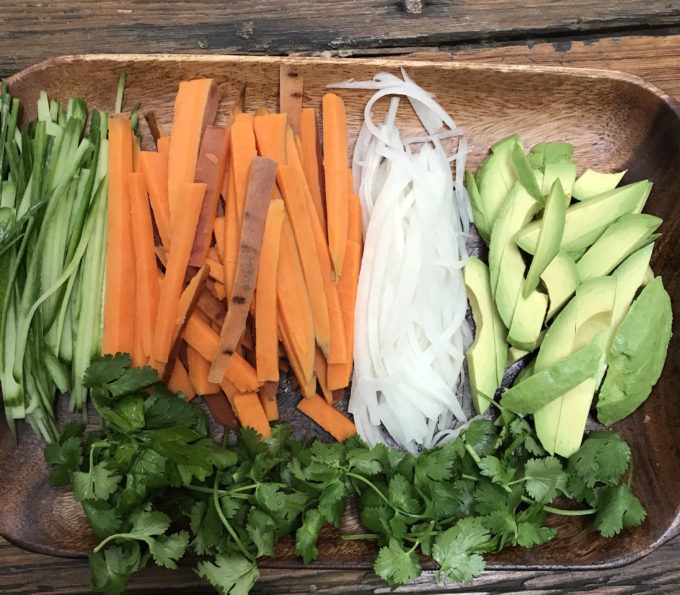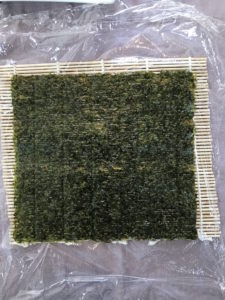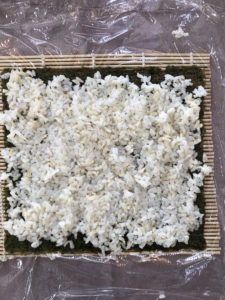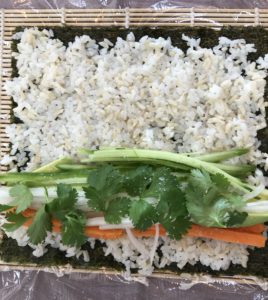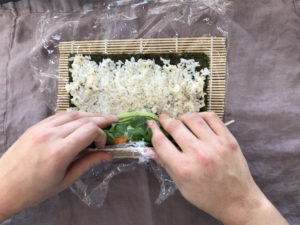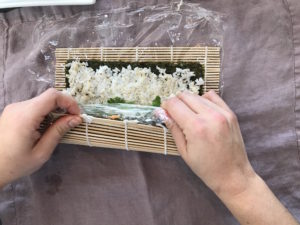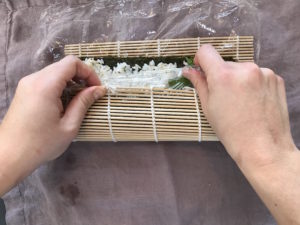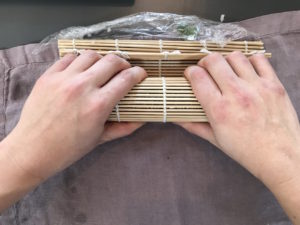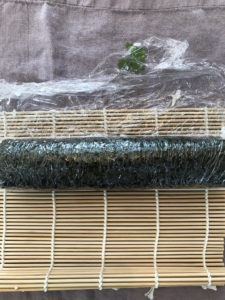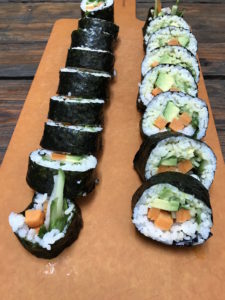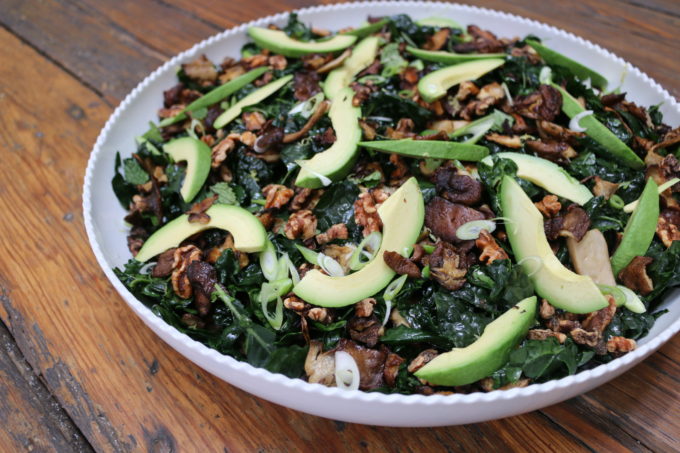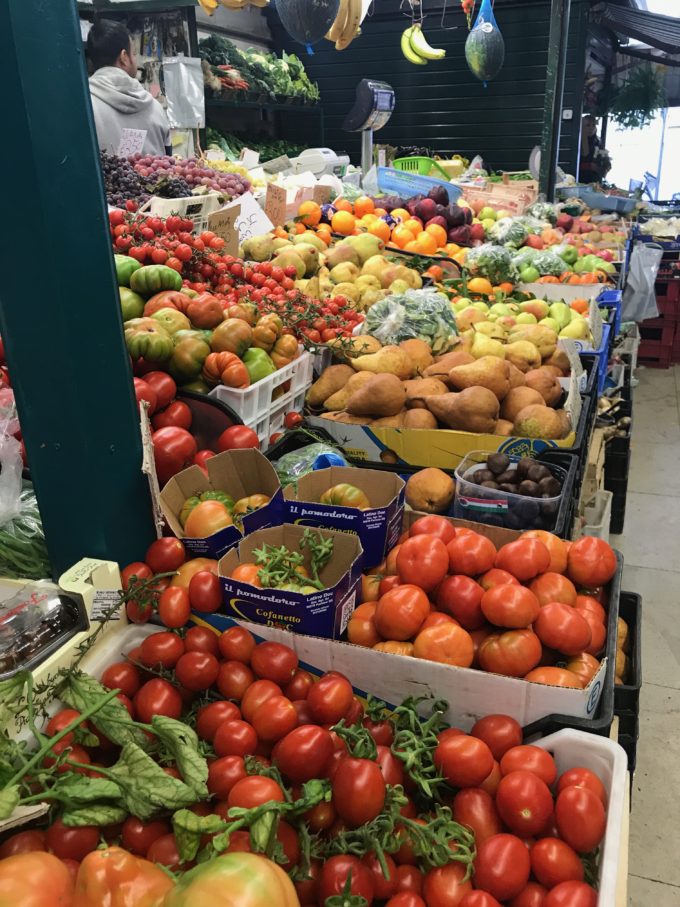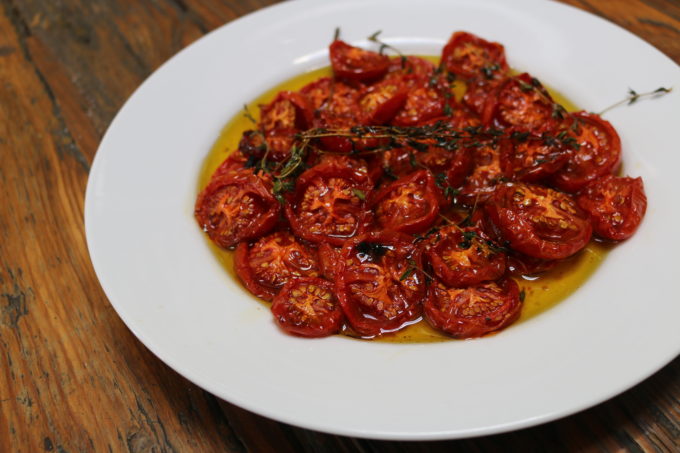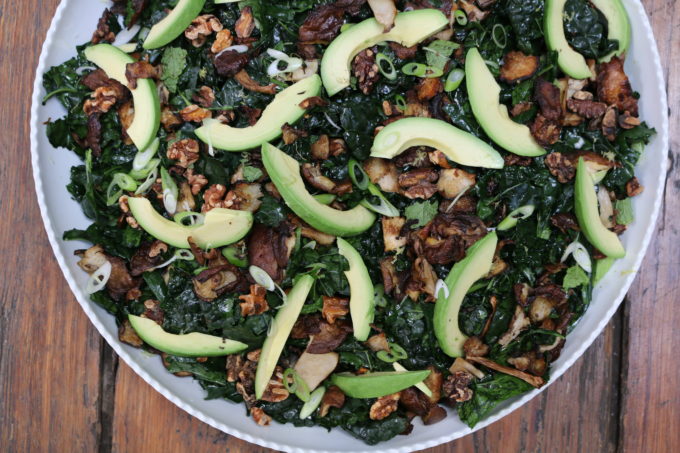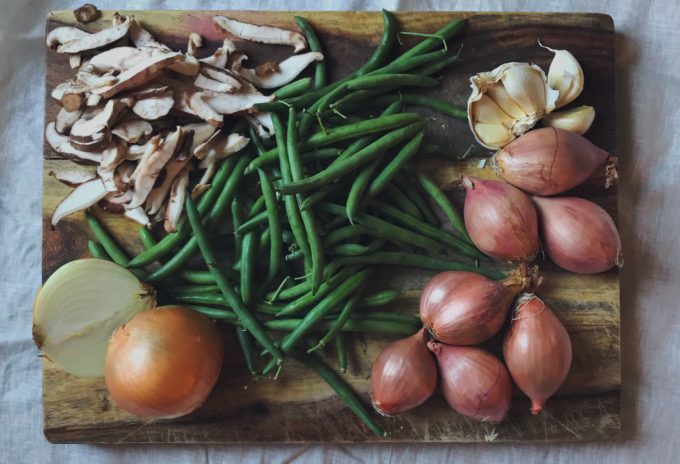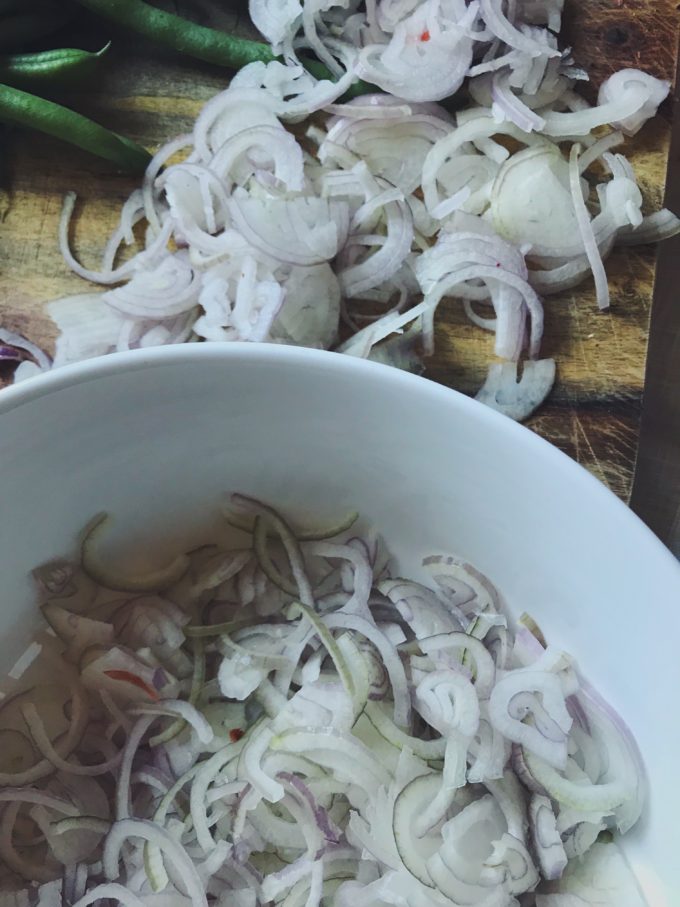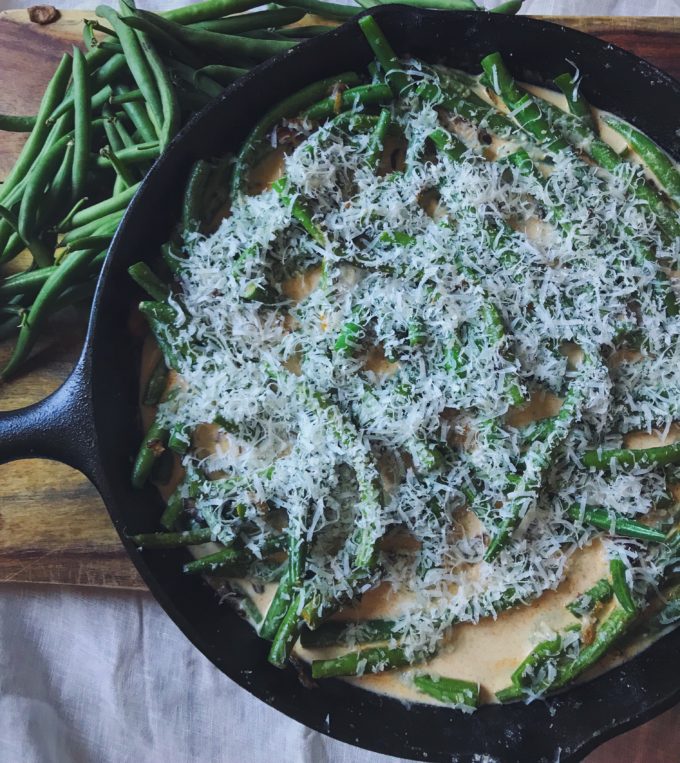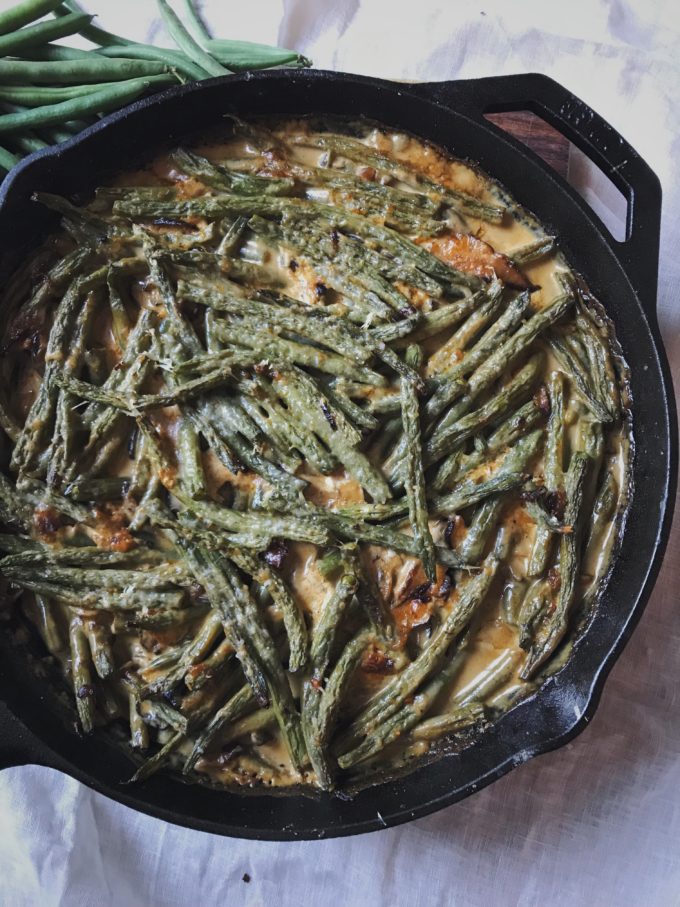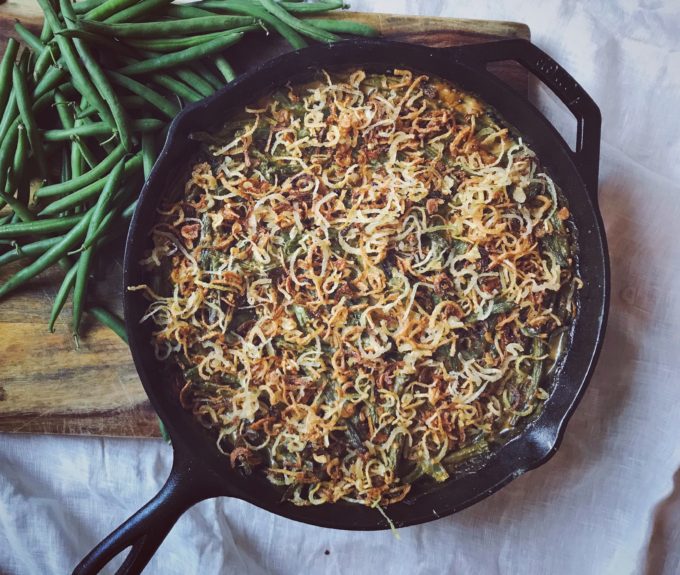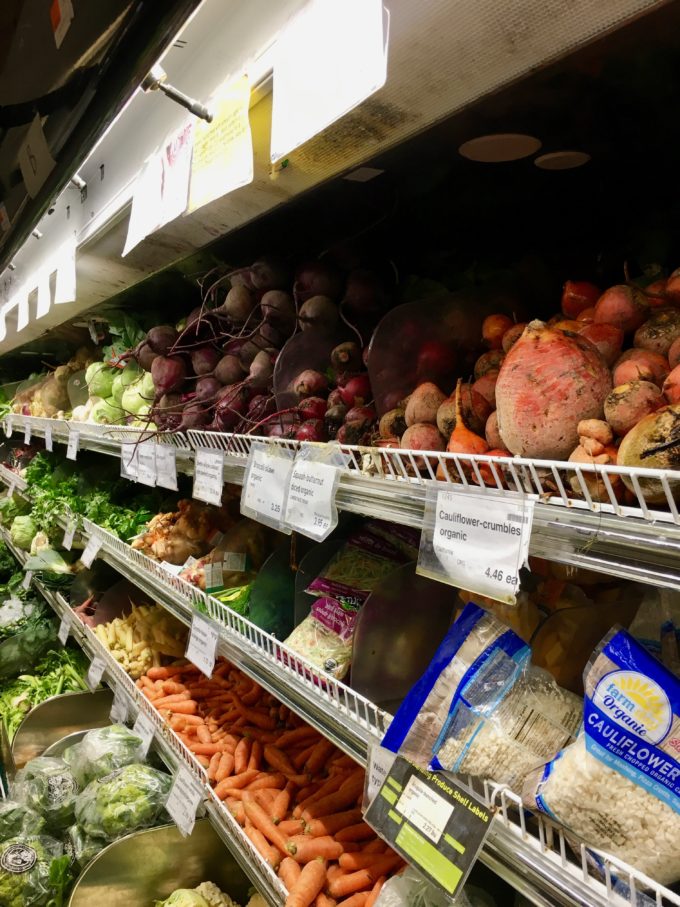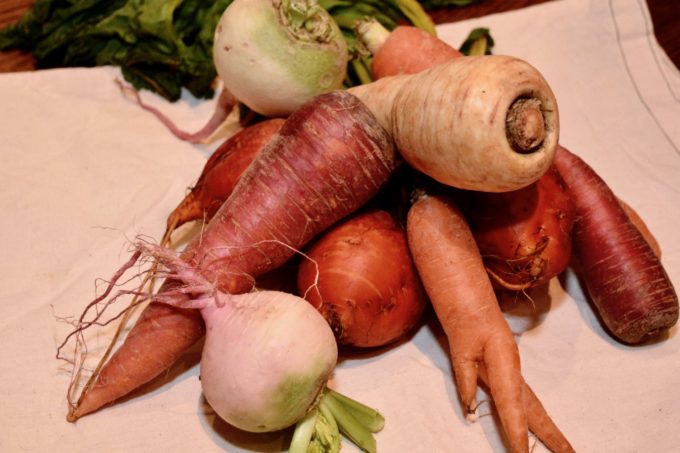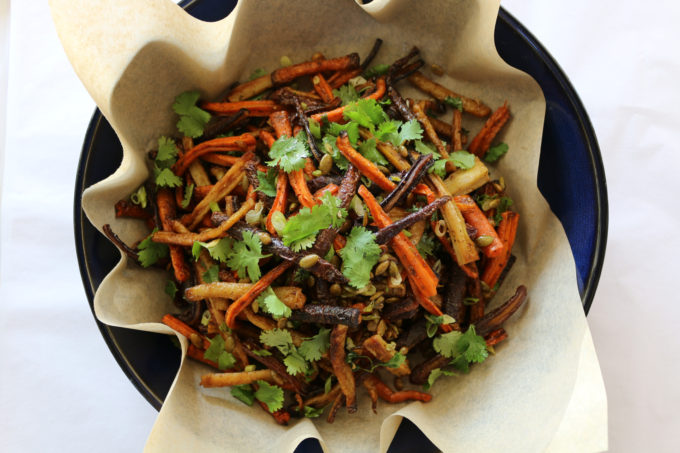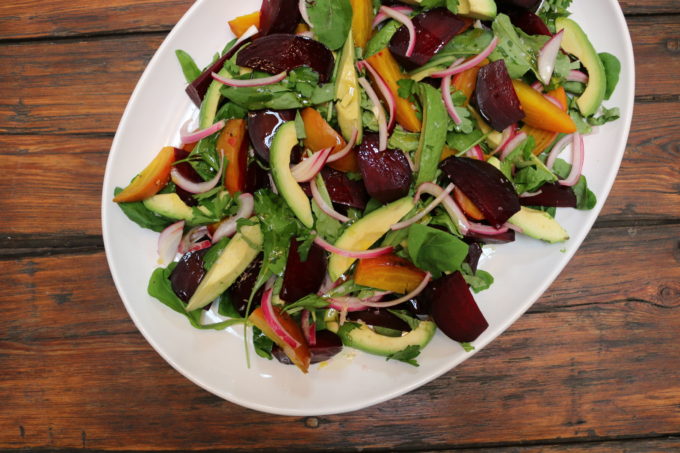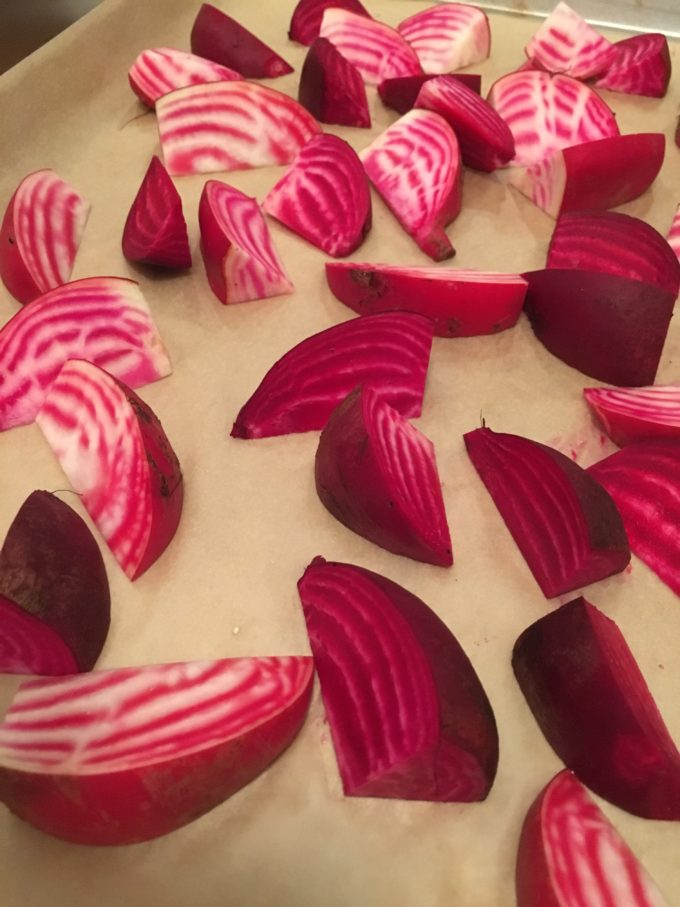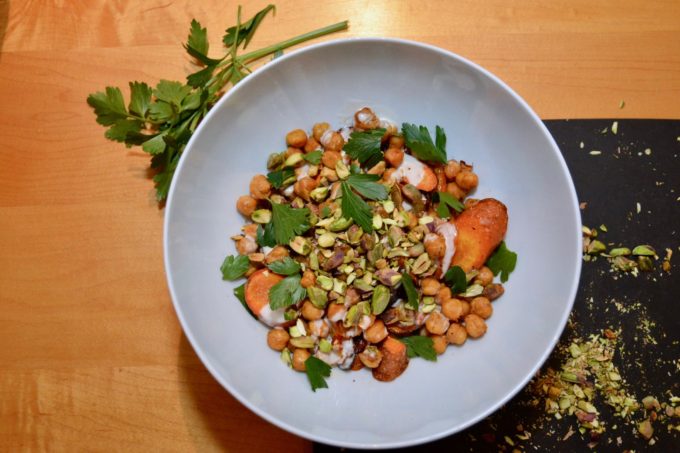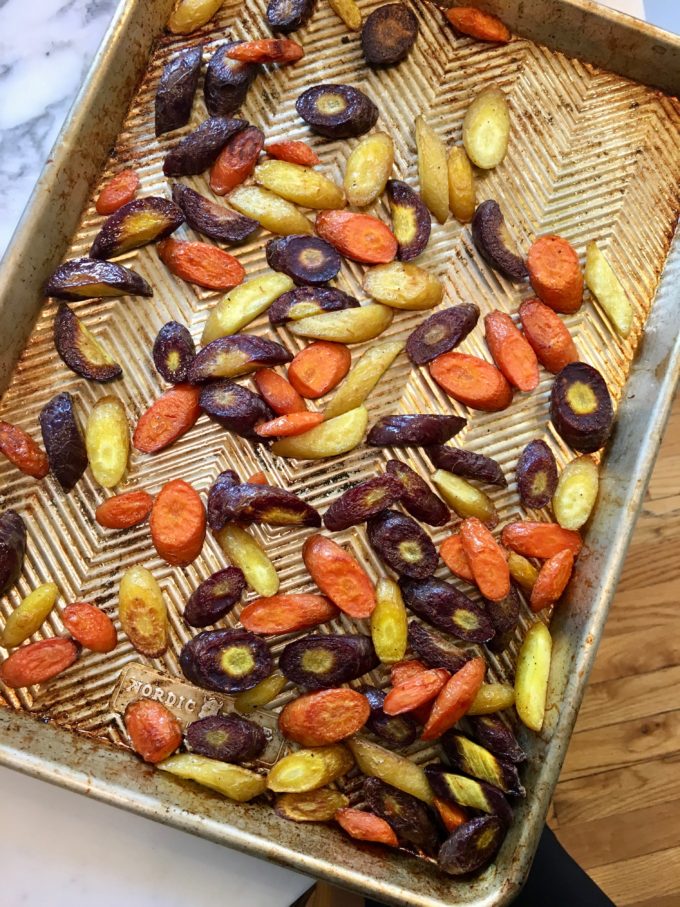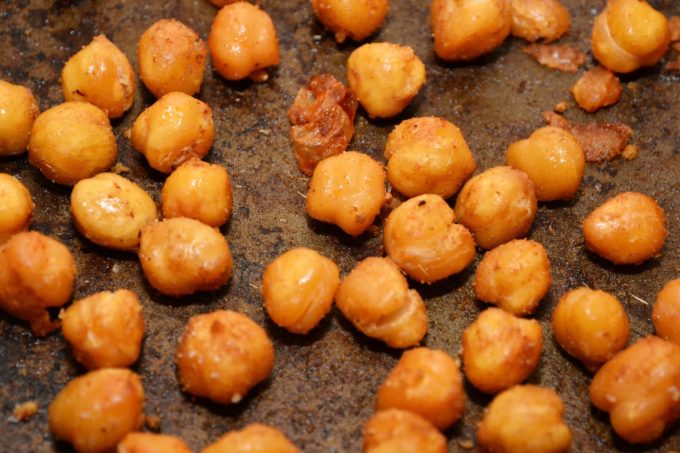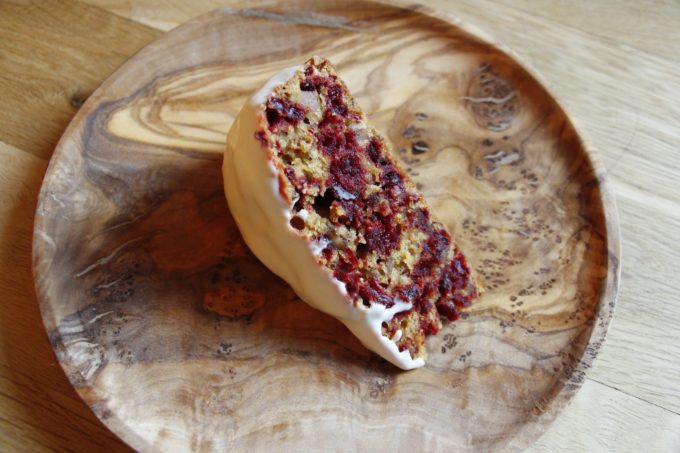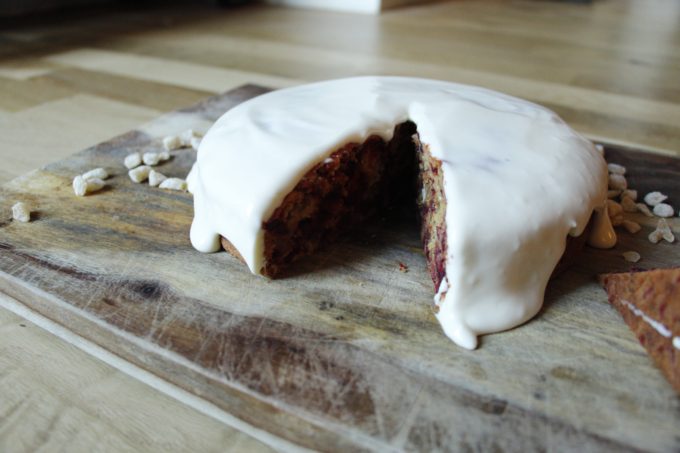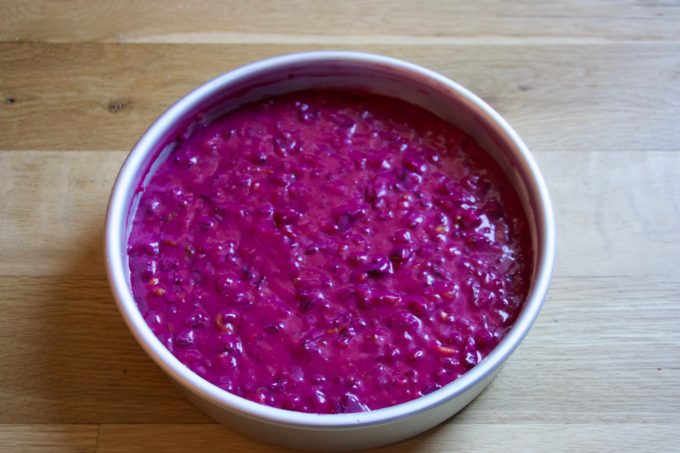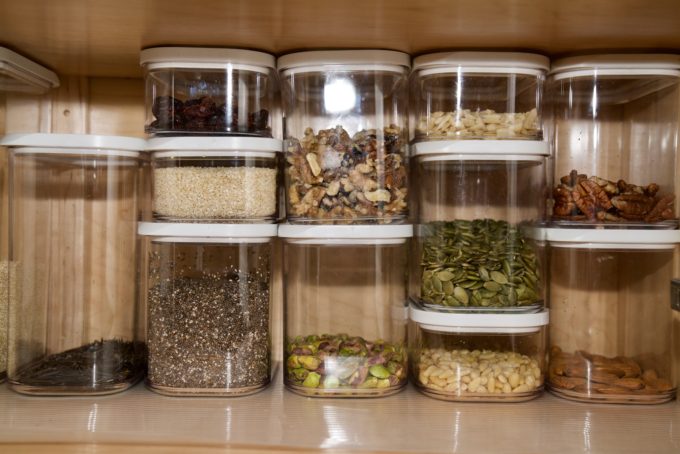
Nothing brings me more joy than a clean, organized kitchen. Not everyone has the time to do a thorough, top-to-bottom sweep each week but there are a few tricks I’ve picked up that make it much easier. That being said, there’s no substitute for a full kitchen overhaul — it’s the difference between a quick sponge here and there and a hardy scrub each week. If you can do a fridge and pantry deep clean once a month, you’ll fall in love with cooking in it!
A happy kitchen = happy chef.
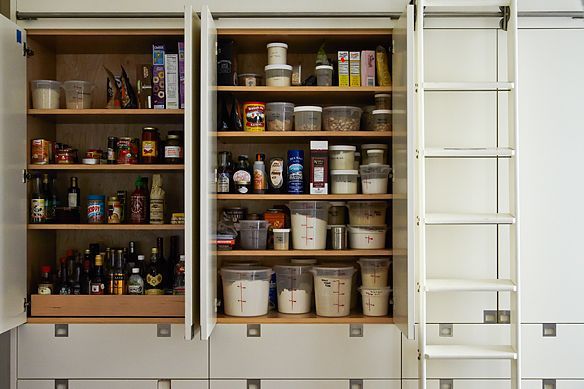
As a “home cook” turned private chef, I treat every kitchen as my own. I’ll admit, it’s not easy keeping up with seven (!) kitchens each week, including my own. That’s a lot of kitchen to cover in one week so maintenance has become second nature for me.
Here’s how it works: First thing you do is open up all the drawers and cabinets. You take a detailed inventory and toss the dusty stuff (i.e. those random gift basket jars of artisanal jam and bulky boxes of pasta with only a few noodles left). It’s best to start with a clean slate so taking everything out and scrubbing the shelves is ideal. Restock as you see fit, keeping in mind the things you use on a regular basis and the things you use less frequently, organizing your go-tos on the bottom shelf and your once-in-a-whiles up top.
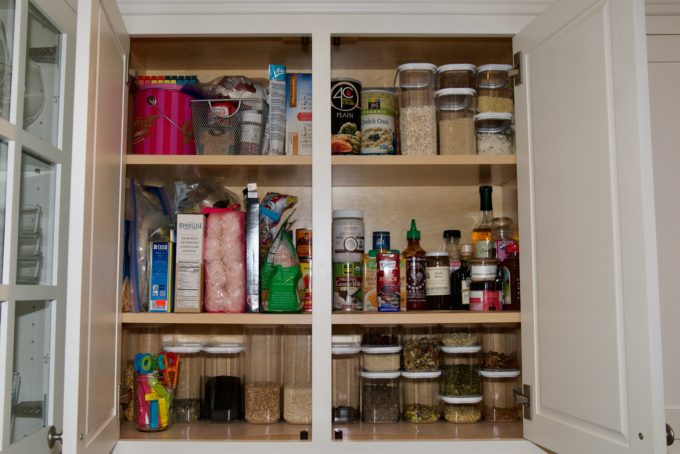
For the pantry: Consolidate your nuts and grains. If you’re really looking for a makeover you might consider bulk containers, these range from reusable quart containers to streamlined rectangle ones with airtight lids and classic mason jars. I treat each shelf like a puzzle, optimizing every inch, without too much overlap (or clutter). Baskets are great to combine small items like baking necessities and sprinkle varieties.
A note about salt: If you’re like me, you keep your salt next to the stove for easy access when you’re cooking. Use a bowl you can fit a whole five-finger pinch.
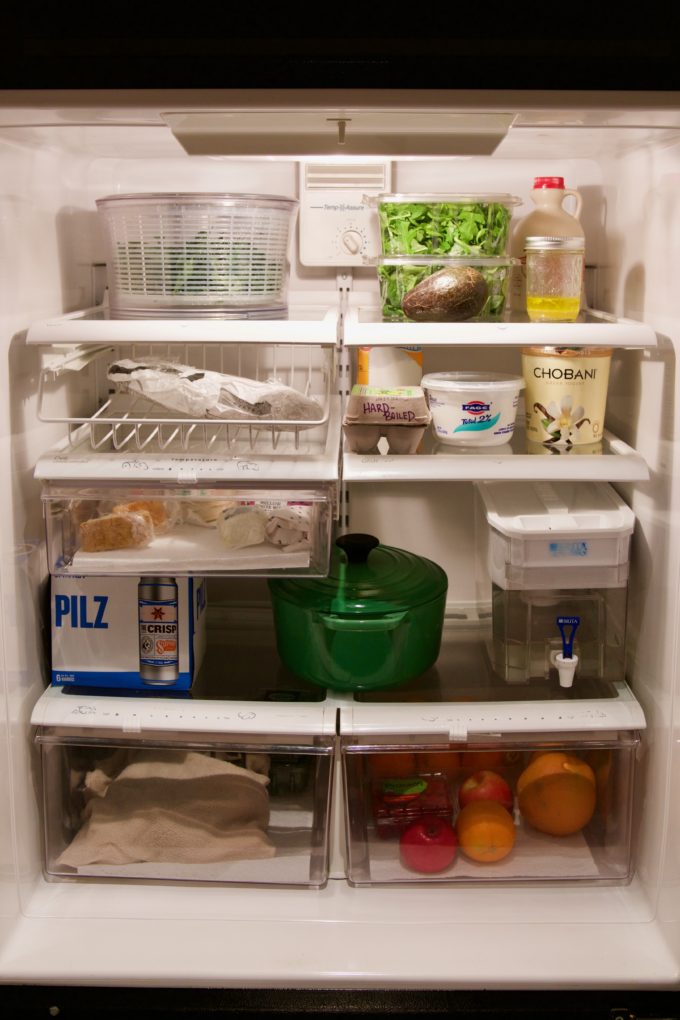
Next is the fridge binge: This is the most fluctuating space in your kitchen so it’s understandable if it’s little harder to keep organized. Here are few helpful hints:
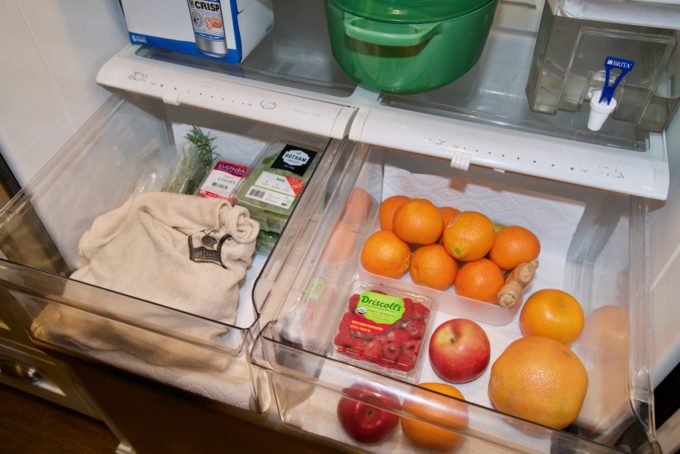
Laura taught me a useful trick for crisper drawers that make weekly clean-outs a breeze. Lining the bottom of your fridge drawers with paper towel not only collects little broccoli bits, it also extends the life of your veggies! I replace them every two weeks.
My favorite soup hack: store leftover soup in your a pot for easy reheating directly on the stovetop.
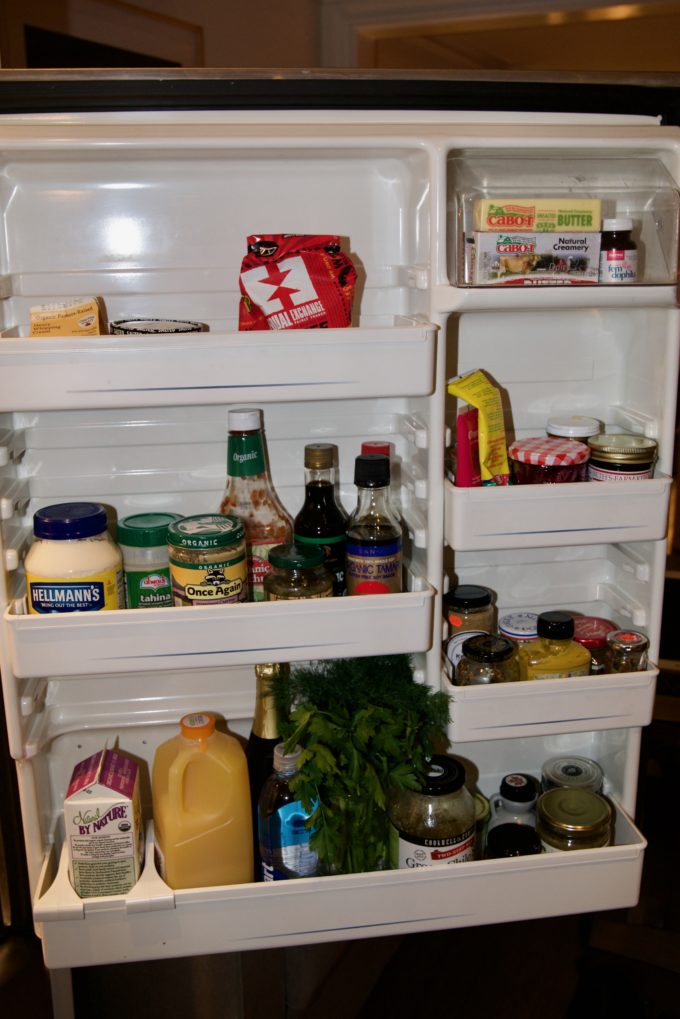
Food52 has an article about how to keep produce fresh that I consult all the time. Since we use so many herbs in our cooking, my favorite trick is keeping herbs in a jar of water like cut flowers. This works especially well with herbs that still have roots, like most cilantro you buy at the store.
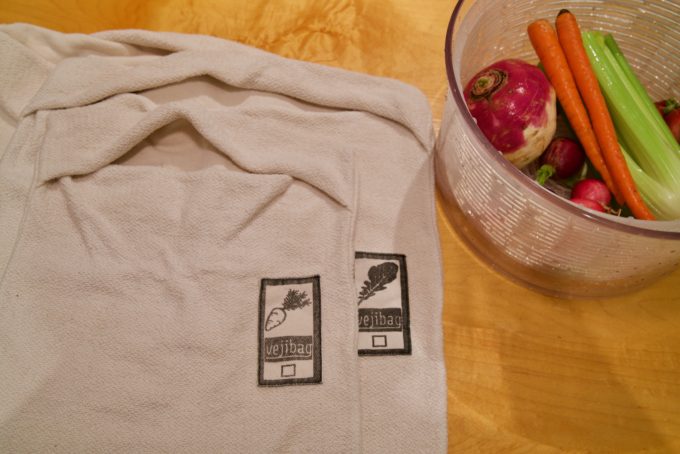
I also invested in vejibags. I love them! It keeps hardy veggies like radish, carrots and celery fresh for weeks! They’re perfect for the veggies lingering in your fridge like leftover celery or ones you’re saving for later. All you have to do is give them a good rinse, wet the bags and ring them out until they’re just damp then put whatever you want inside. They claim to work with leafy greens too, although I haven’t had much luck.
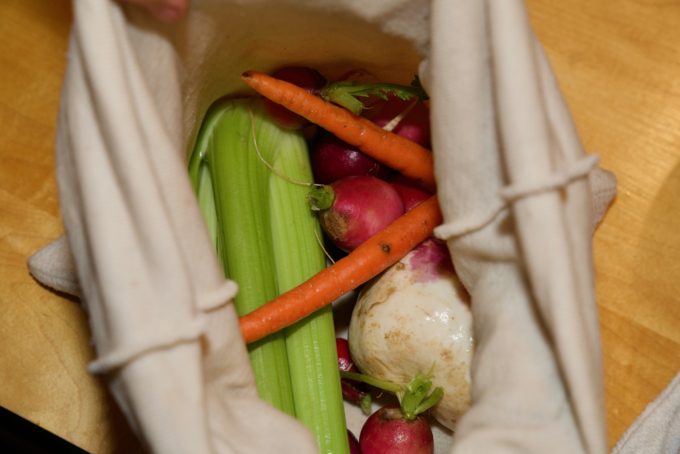
However, there’s a great trick for kale fanatics. Simply, wash your kale in a salad spinner as you normally would, dry thoroughly and wipe out the excess water on the inside of the bowl, then store it in your fridge as is, and voilà, you’ve got kale on hand for a whole week!
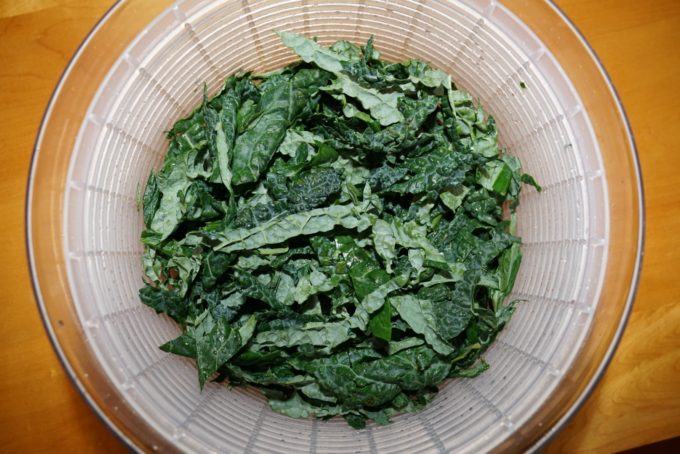
Food waste: If your neighborhood has compost pick-up, use it! It has transformed the way I cook and how I feel about tossing the stuff I don’t use from the fridge. Maybe it’s the environmentalist in me talking, or the OCD but it feels so good. I read in the Alice Water’s memoir that when she was a kid her parents recycled and composted so much that they only took the trash out once a week. What a dream!
Other useful links:
The Proper Way to Use the Crisper Drawer in Your Refrigerator
Refrigerator Deep-Cleaning 101
Yours truly,
Charlotte
—
Need a kitchen cleanse? Contact us today for private chef services!
